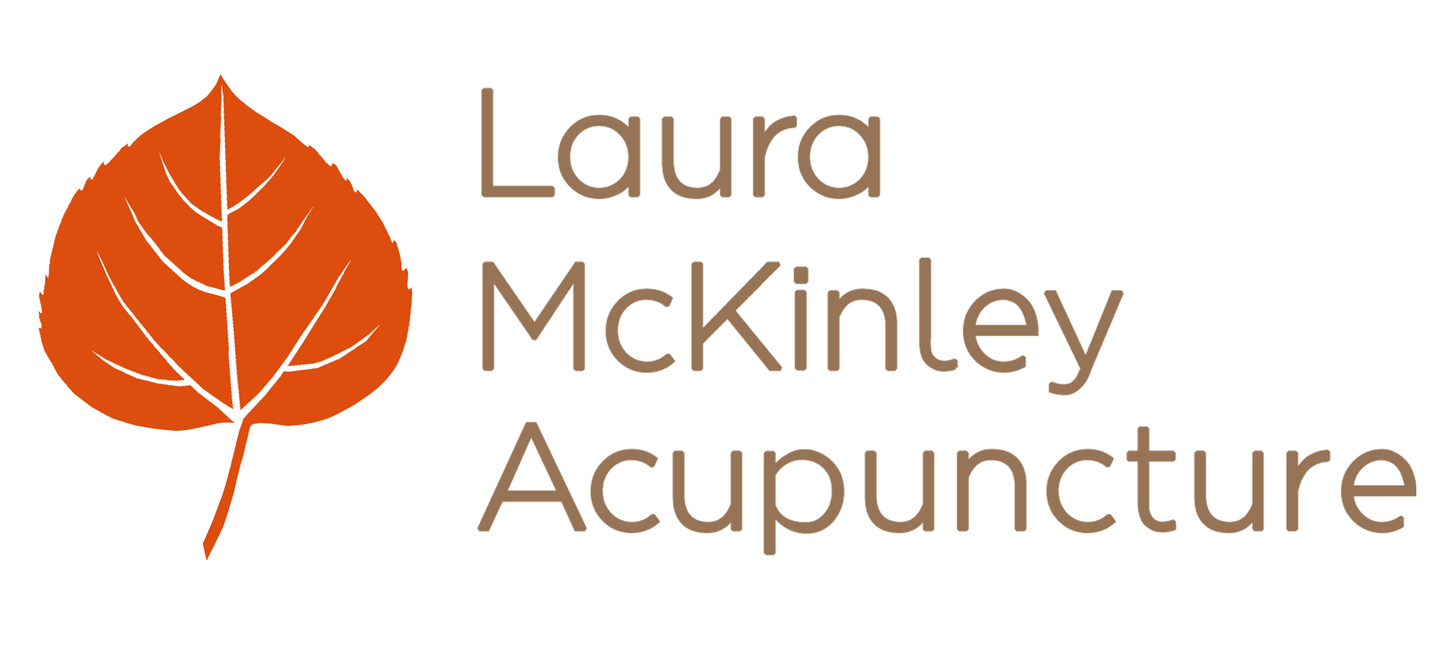Dry needling is a type of acupuncture used to treat musculoskeletal pain.
WHAT IS DRY NEEDLING?
Dry needling is a type of acupuncture that involves the insertion of acupuncture needles into tight bands in muscles known as “trigger points.” Acupuncture needles are solid, sterilized, and made of stainless steel. Dry needling can be effective for patients of all ages, from all backgrounds. Dry needling is used exclusively to treat musculoskeletal pain.
How is dry needling different from regular acupuncture? Medical experts, including the World Health Organization, consider dry needling a subset of acupuncture. Here is Laura’s favorite infographic explaining acupuncture and dry needling.
WHAT DOES IT TREAT?
Dry needling treats musculoskeletal pain.
WHAT TO EXPECT
Dry needling sessions at our clinic are 30 minutes long and focus on one area of the body, as chosen by you. Laura only employs the dry needling technique during these appointments. You tell us where it hurts (and why, if you know), we’ll put you on the table, and start working on the painful area. Dry needling appointments also involve manual work such as massage and stretching, as appropriate.
Different acupuncture styles call for different durations of needle retention, and sometimes needles aren’t retained at all. Dry needling technique does not involve needle retention. During dry needling, needles go in, are stimulated to elicit a twitch within the muscle, and are removed. Laura will be in the room with you for the entire session, continuously providing hands-on care to the affected area.
Dry needling sensation can be very strong. Treated areas may feel tender after treatment.
“I’VE HEARD IT HURTS…”
Dry needling technique can be very sensational for the patient; however, this sensation need not always be painful. Dry needling performed by undertrained providers increases the likelihood of pain.
As part of her graduate-level training, Laura was extensively trained to employ the dry needling technique as gently as possible. Licensed Acupuncturists learn how to identify subtle cues from the body to insert needles to the precise depths necessary. Not only does this enhance safety, it also decreases the likelihood of pain. Laura has also taken multiple post-graduate courses on dry needling technique all over the body, refining and honing her skills with this method.
ADDITIONAL INFO
Have more questions? Let’s talk. We’d love to help you figure out if dry needling is right for you.

